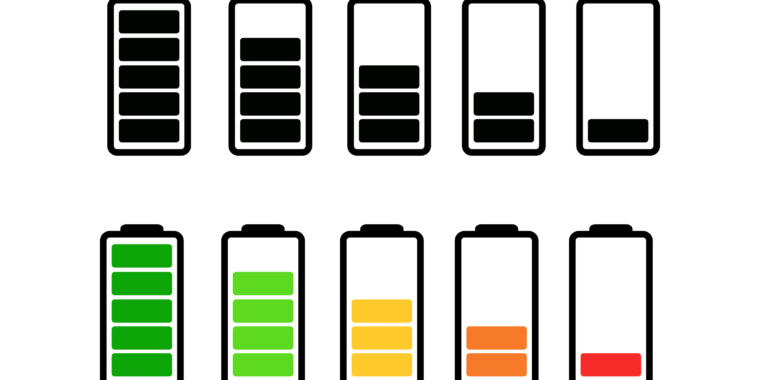- Aug 17, 2014
- 11,111
Current lithium-based batteries are based on intercalation—lithium ions squeeze into spaces within electrode materials such as graphite. As a result, most of the battery's volume and bulk is dedicated to things that don't contribute to carrying charges between the electrodes, which sets a limit on the sorts of energy densities that these technologies can reach.
As a result, a lot of research has gone into finding ways of getting rid of one these electrode materials. People have tried pairing lithium-metal electrodes with various materials, while other efforts have tried using electrodes where lithium reacts with air to form lithium-oxygen compounds. While these worked by some measures, they tended to have problems that drastically shortened their useful lifetimes.
But a recent paper describes a battery that uses lithium metal at one electrode and lithium air for the second. By some measures, the battery has decent performance out to over 1,000 charge/discharge cycles.
Research: Science, 2023. DOI: 10.1126/science.abq1347 => PDF Download: https://www.science.org/doi/suppl/10.1126/science.abq1347/suppl_file/science.abq1347_sm.pdf

New battery seems to offer it all: lithium-metal/lithium-air electrodes
In the lab at least, its materials are stable for over 1,000 cycles.
